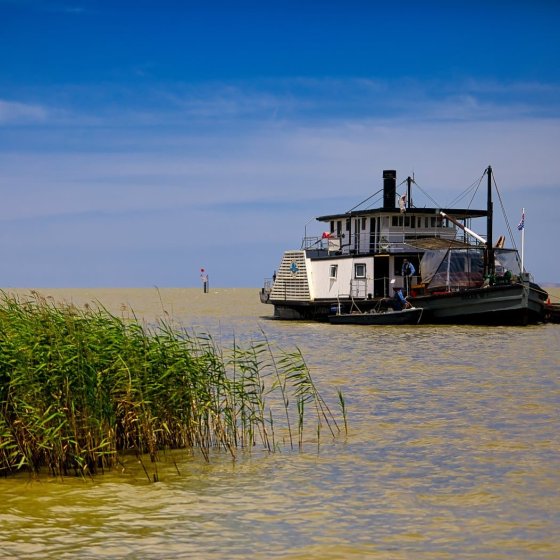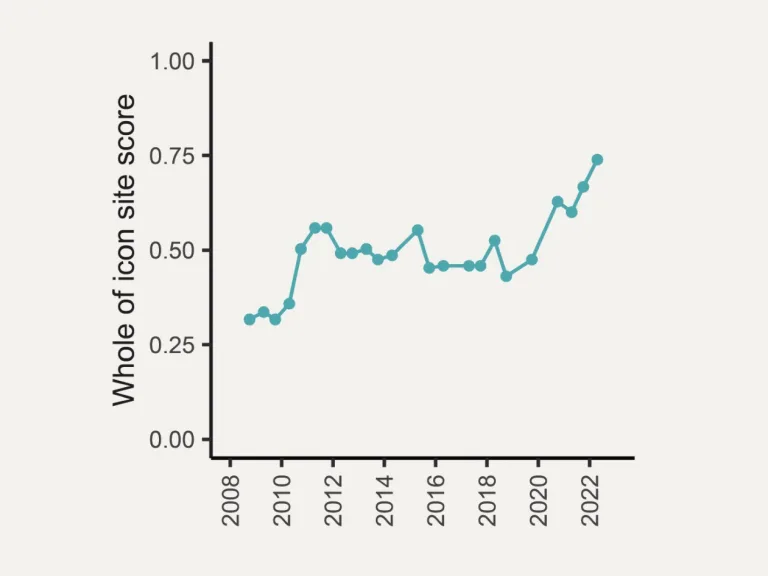- Home
- Environmental Themes
- River Murray
- State of the Murray
- Lower Lakes and Murray Mouth
Lower Lakes and Murray Mouth
The trend for Lower Lakes aquatic and littoral vegetation was assessed from 2008–22 using the whole of icon site scores and habitat scores. The whole-of-icon site score shows improvements and this was underpinned by improving trends in Lake Alexandrina, Lake Albert, Goolwa Channel and permanent wetlands. Temporary wetlands were found to have declined in condition despite recent improvements.
Improvements in scores can be attributed to the delivery of water to the Lower Lakes that has protected aquatic environments and supported seasonal variation in lake levels that allows for the recruitment of desirable native plant species.
Recruitment of diadromous fish (those that move between freshwater, estuarine and marine environments), is getting better. However, this has varied between years. This was based on the assessment for congollis and common galaxias.
Despite declines since 2014–15, recruitment of diadromous fish improved between 2006 and 2022. This was in response to improved connectivity between freshwater, estuarine and marine environments that allows these fishes to migrate to the necessary habitats for spawning and recruitment. Higher flows in 2021–22 were expected to be beneficial to recruitment. However, fewer young-of-the-year fish were captured than expected.
The delivery of the Murray–Darling Basin Plan to maintain flows and connectivity between the River Murray, Lower Lakes and Coorong is critical for supporting diadromous fish movement and recruitment.
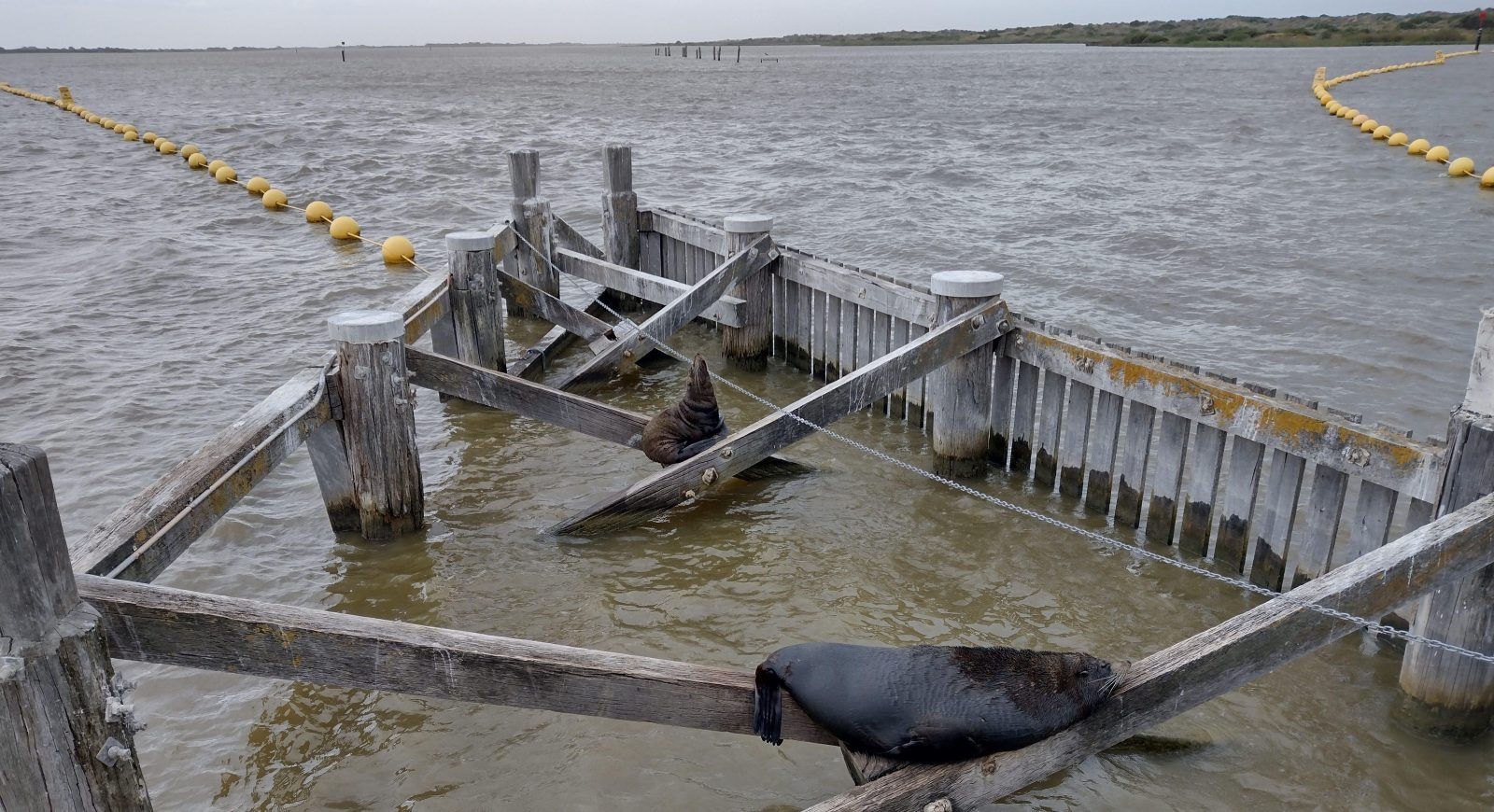
An open Murray Mouth is important for maintaining connectivity between the freshwater environments of the River Murray and Lower Lakes with the estuarine (Coorong) and marine (Southern Ocean) environments. This supports the flushing of salt and nutrients from the river system and healthy environments for native flora and fauna.
Sufficient outflows through the barrages and Murray Mouth are required to keep the Murray Mouth open. The Murray–Darling Basin Authority has calculated that the minimum annual water flow required to achieve this is 730 GL per year. This minimum outflow target has been met 44% more often since 2012 due to a combination of the breaking of the Millennium Drought and the delivery of water for the environment through the Basin Plan.
Dredging of the Murray Mouth commenced in 2002 due to the threat of the Mouth closing during the Millennium Drought, and ceased with the breaking of the drought in 2010. Dredging recommenced in January 2015, due to the return of low flows in 2014 and the deteriorating condition and openness of the Murray Mouth. Since then, two dredges have been operating in the Goolwa and Tauwitchere channels until the recent 2022–23 River Murray flood, which resulted in the ceasing of dredging in November 2022. Dredging has since recommenced in November 2023 and will be undertaken by one larger dredge located at Tauwitchere Barrage.
The Basin Plan seeks to provide barrage outflows to the Coorong, Lower Lakes and Murray Mouth to ensure that the Murray Mouth remains open without the need for dredging in at least 95% of years and reiterates the importance of delivering 450 GL of environmental flows to achieve this.
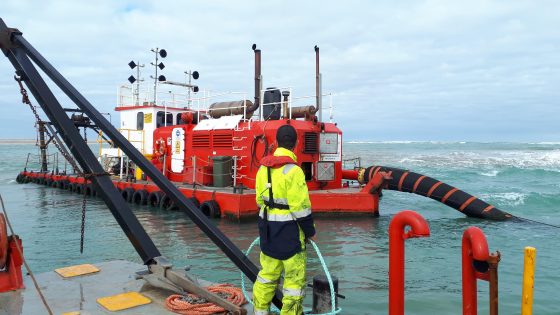
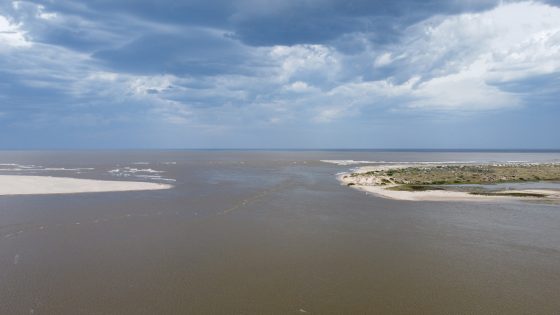
Banner photo: Ash Penhall Photography
